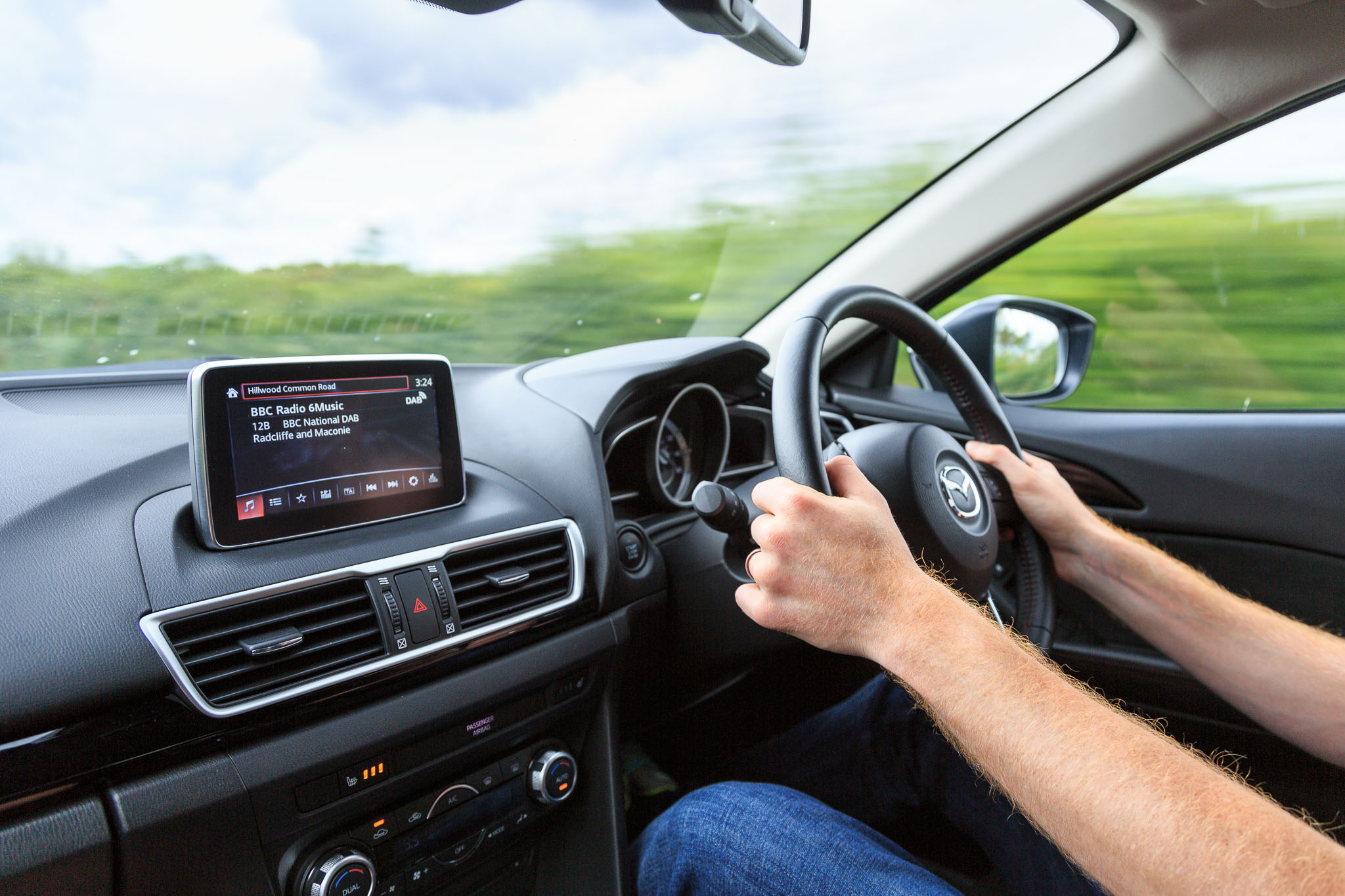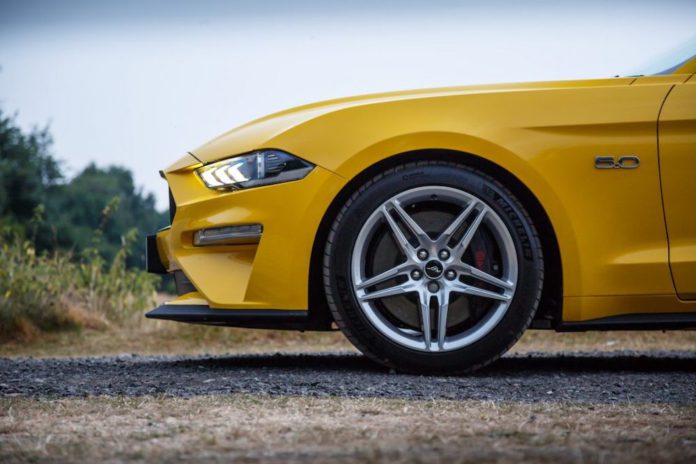Handling a powerful car is a skill that takes time, practice, and understanding. Unlike standard vehicles, high-performance models demand more than just a firm grip on the steering wheel. They respond to every input with increased urgency, requiring drivers to adjust their mindset and technique. This shift is not just about raw power; it’s about developing control, anticipating changes, and knowing how your vehicle behaves under various conditions.
Adapting to High-Performance Driving
Drivers transitioning to high-performance cars quickly discover that their usual habits no longer apply. These vehicles respond more aggressively to pedal inputs and rely on complex systems that manage power and grip. For instance, a car like the Land Rover Defender Octa showcases the kind of engineering that demands subtle, measured inputs. Sudden throttle or steering movements can unsettle the car, especially in low-traction conditions.
One of the first steps is understanding how to use the pedals with precision. Smoothly applying the accelerator or brake prevents unwanted jolts and helps the vehicle maintain grip. The same principle applies to steering. Sharp turns can lead to a loss of balance, particularly when combined with heavy braking or sudden acceleration. Gentle and deliberate motions are more effective in keeping the car composed and stable.
Weight transfer is another crucial concept. As the car accelerates, brakes, or turns, its weight shifts across the chassis. This movement affects how much grip each tyre has and must be accounted for, especially at high speeds. Learning to manage this shift helps prevent skids and maintains traction through corners.
Key Control Techniques
One of the most critical adjustments for any driver of a high-performance car is mastering the throttle. Powerful vehicles don’t just increase speed; they do it rapidly. A small press on the accelerator can result in a strong surge forward, so throttle control must be precise. Gentle pressure and a steady foot help modulate speed and avoid erratic movement.
High torque vehicles are susceptible to how and when power is applied. In vehicles with significant torque delivery, using the throttle too abruptly can exceed the limits of grip. Smooth power delivery is the key to keeping the car composed, particularly in turns or when the road surface is unpredictable.
Brake systems in high-performance models are also more responsive. These cars often feature larger, more powerful braking systems that react sharply. Rather than slamming on the brakes, progressive pressure helps keep the vehicle balanced and avoids locking the wheels or unnecessarily triggering stability controls.
Managing Throttle Control
Driving cars with high torque demands a focused approach to throttle use. For example, the Land Rover Defender Octa delivers its power in ways that highlight how important smooth acceleration is. Stomping on the pedal can lead to wheel spin or traction loss, while easing into power maintains control.
Many high-performance vehicles offer different driving modes that change throttle sensitivity. Eco or Comfort settings dampen the throttle response, making it easier to drive gently, while Sport or Dynamic modes increase the responsiveness. Understanding how these modes affect handling allows drivers to adapt their technique accordingly.
Handling Challenging Conditions
Driving a high-performance car in tough weather or on difficult terrain introduces new challenges. Wet roads, icy patches, or loose gravel reduce traction and magnify the risks of excessive power. High-performance models, with their elevated torque output, can easily overwhelm available grip if not driven carefully.
Scanning the road for signs of reduced traction, like standing water, mud, or leaves, allows drivers to prepare and adjust their inputs. Avoiding strong acceleration or aggressive steering helps preserve traction in these conditions. Most modern vehicles are equipped with snow, mud, or sand driving modes, which adjust power distribution and electronic responses to improve grip.
If traction is lost, easing off the throttle gradually allows the car’s systems to recover control. Abrupt changes tend to worsen the loss of grip. Deliberate and measured movements are always more effective than reactive or instinctive ones.

Working With Traction and Stability Systems
Modern performance vehicles feature advanced systems to support the driver when grip is low. Traction control systems reduce power to prevent wheel spin, while stability controls use selective braking to keep the car on its intended path.
These systems are most effective when paired with thoughtful driving. For instance, entering a corner at a reasonable speed with smooth steering allows the systems to do their job effectively. However, they are not a substitute for skill. Drivers still need to anticipate how the vehicle will behave and adjust accordingly.
Practising with these systems on, then partially disengaged, in controlled environments can help drivers better understand how the car responds and what role these aids play in preserving safety.
Understanding Vehicle Dynamics
High-performance vehicles react to surface changes more dramatically than standard models. When grip levels shift, for example, moving from dry to wet tarmac, the ability to respond smoothly becomes even more important. Abrupt throttle or steering changes can unbalance the car quickly.
Looking further ahead on the road helps maintain a calm response. Early identification of hazards provides time to plan and adjust without needing sudden actions. In a heavy SUV or sports car, stopping distances are longer, and manoeuvring space is tighter, making foresight essential.
Learning to sense traction through the wheel and pedal feedback also improves control. Recognising when grip is fading allows immediate but subtle corrections that help the driver stay in command.
Advanced Performance Systems
Performance vehicles often come equipped with different types of differentials to manage how power is distributed between wheels. Electronic limited-slip differentials actively adjust torque delivery to improve grip in real-time. These systems help keep the car steady through turns and reduce understeer or oversteer.
Some vehicles also use brake-based systems to improve traction. In these setups, the brake is applied to a spinning wheel, which sends more power to the wheel with grip. Understanding how your vehicle manages power, and grip helps make better use of its features and improves overall handling.
Even with these advanced systems, smooth driver input remains essential. No amount of electronic assistance can overcome the physics of overdriving on a slippery surface or entering a turn too fast.
Staying Safe with Power
High-performance driving is rewarding when done correctly. The thrill of responsive acceleration, precision handling, and advanced technology can be enjoyed without compromising safety. The key is mastering the skills that allow full control over the vehicle in any situation.
Powerful vehicles reward drivers who invest time in learning how they work. With patience, training, and the right mindset, drivers can harness performance safely and responsibly.














